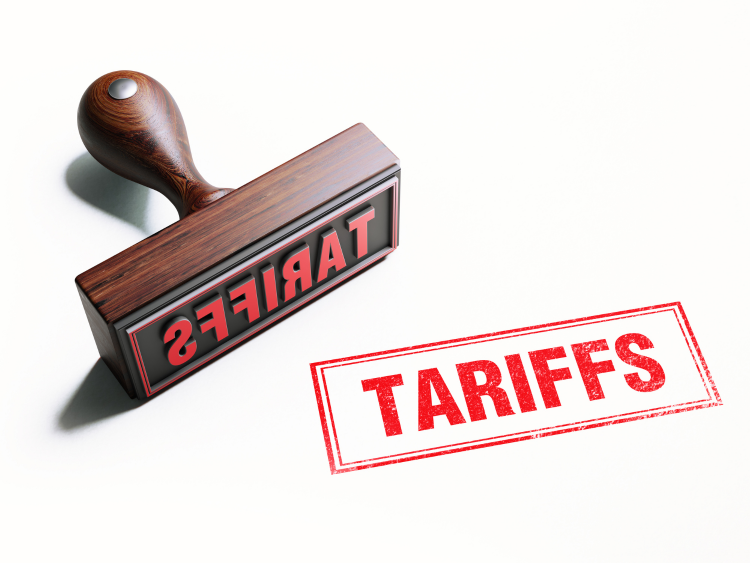Global Trade

April 10, 2025
Retaliation Day: The day tariffs hit back
Written by Nicholas Bell
As the Rose Garden event is already cementing its place as a defining moment in trade policy – whether famous or infamous – today may well go down as the day the world answered back.
From Canada to China to the European Union (EU), global trading partners are responding in force – and for aluminum players, it’s worth recapping where things stand today and zooming out to take in the bigger picture.
Today’s retaliation doesn’t just target aluminum producers – it reverberates down the entire value chain, touching vehicle manufacturers, construction firms, packaging companies, and appliance makers.
Canada taxes cars via compliance costs
Canada applied 25% tariffs on U.S.-assembled vehicles that fall short of the United States-Mexico-Canada Agreement (USMCA) compliance. While the Prime Minister Carney noted that auto parts were directly targeted, their value can still tip a vehicle into non-compliance territory.
The core rules of USCMA compliance is that 75% of a vehicles’ components and 70% of a vehicles’ aluminum (and separately, steel) must be produced Canada, Mexico, or the United States.
Content rules are value-based – not weight-based or numerically-based – which creates its’ own peculiar puzzle. Even if a non-compliant aluminum component is light or limited in number, its high price tag could still be enough to bring a vehicle into tariff range.
U.S. exports of “motor vehicles designed to transport people (other than public-transport type)” totaled 460,153 vehicles in 2024, according to Department of Commerce data.
EU greenlights retaliatory tariffs
The European Commission voted to enact retaliatory tariffs on a range of U.S. goods, specifically citing aluminum, as part of a much more historied saga that started under Trump’s first term in office.
The measures are in response to Trump’s recent recission of the tariff quota system initiated by the Biden administration that effectively exempted a significant share of EU aluminum exports and deescalated tariff tensions.
The EU tariffs will begin July 4th – likely not an accidental scheduling – unless the U.S. repeals its duties on EU steel and aluminum exports. The Commission left open the possibility for a negotiated solution.
Tariff for tariff: China and US escalation
China signaled for weeks that it would answer the “reciprocal tariffs” introduced by President Trump that outlay a country-by-country list of levies with a mirror rate of 34%, which will begin at the end of the day today. Trump didn’t wait to see it come to fruition and provided an escalatory response, triggering a duty rate of 104% on Chinese goods starting today.
How did this come about? Initially, a tariff of 10% was placed on China, quickly increased to 20%, followed by a reciprocal tariff of 34% on China, a cumulative tariff added on top of the already issued 20% tariffs. When China’s President Xi Jinping indicated that the country would respond with reciprocity of their own on April 10th, Trump increased the ante again by another 50%.
While a 34% duty on U.S. exports to China was expected to go into effect tonight, President Jinping made good on his earlier promise to mirror U.S. measures with equal force and lifted their levy on U.S. goods to 84% – a culmination of the U.S.’ reciprocal tariffs.
What It Means
In a U.S. economy where consumer spending has been the backbone of growth, the likely pass-through of tariff-driven costs to everyday buyers – combined with mounting signs of a slowdown – could spell real trouble for downstream industries.
Tangentially, in a Chinese economy already straining to boost consumer spending – but still functioning as the world’s factory and a key driver of the past 25 years’ commodity Supercycle – a drop in orders from its biggest export customer, the U.S., could ripple upstream fast.







